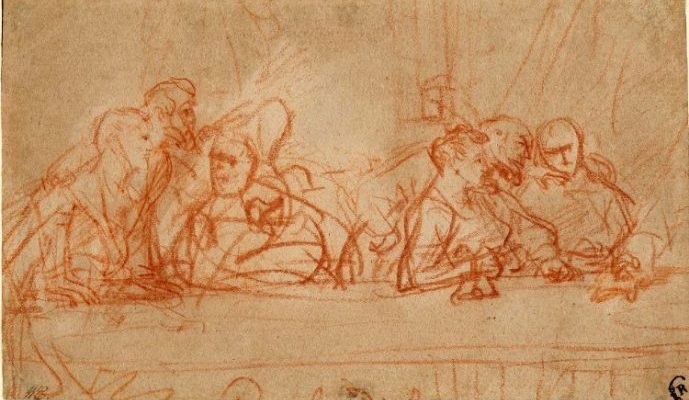If you’re writing a memoir this year, you will—at some point—confront the question of whether your story should read like a novel. The answer to that question is as individual as your writing style and the story you have to tell.
Maybe you naturally share stories of your life as if they were great tales unspooling, one action leading to another, characters as vivid as peacocks, and minimal ruminating about the meaning of it all. The novel approach is a great shape for you then.
leading to another, characters as vivid as peacocks, and minimal ruminating about the meaning of it all. The novel approach is a great shape for you then.
But what if you are a writer who approaches personal experience differently—in a more meditative mode, like a journal writer reflecting on events, weighing the context, considering the effects other choices might have made, sifting through the complexities of fate and opportunity? The novel form may not be the right approach for you.
Yet, either way is okay. Both creative drives can yield a wonderful story. It’s your voice at play here, your life. You get to make your memoir be whatever you need it to be.
As for the marketplace and what might get picked up by an agent and actually make it into print, some in writing circles will counsel you to pursue only the breakneck excitement of a contemporary adventure novel—but can you write like that? Do you want to? Does that story telling form fit the kind of story you have to tell?
Selling a memoir and writing a memoir are two different things, and while agents who might take on memoir projects, might think the market best accepts the novelesque approach in memoir, the next big bestseller could run one-hundred and eighty degrees counter to that assumption. You can’t second guess what will sell, or what the buying public will fall in love with.
And because of that, it’s just best to tell the story you need to tell, the one in your heart, the way it comes out of you and onto the page. Then get some feedback from a professional editor, or from astute reading friends, to determine how you might improve your manuscript.
How ever you do it, it is true, a memoir does have to have a shape. It has to be contained in some kind of form, but the story telling approach of the contemporary American novel is only one kind of form, or shape. Maybe your  memoir is best told as podcasts—as a spoken story—with no end yet in sight. Maybe you need to make a couple of YouTube videos that capture best the story you are remembering. Maybe it is a book but it’s a combination of journal entries and running commentary, or a collection of free-standing chapters each one about a single family member and how he or she shaped your journey. Or maybe it consists entirely of letters, emails, and texts written between you and a loved one that capture the essence of love and trust, betrayal and forgiveness. I don’t know, and neither does that person out there whispering in your ear that your memoir needs to have the shape of a novel.
memoir is best told as podcasts—as a spoken story—with no end yet in sight. Maybe you need to make a couple of YouTube videos that capture best the story you are remembering. Maybe it is a book but it’s a combination of journal entries and running commentary, or a collection of free-standing chapters each one about a single family member and how he or she shaped your journey. Or maybe it consists entirely of letters, emails, and texts written between you and a loved one that capture the essence of love and trust, betrayal and forgiveness. I don’t know, and neither does that person out there whispering in your ear that your memoir needs to have the shape of a novel.
Writing a memoir is deeply personal, and you have to follow your writing strengths and the cues the story gives you.
It is essential, though, that you also educate yourself about the difference between writing a memoir, and selling a memoir. So, in this new year, commit to writing that memoir you’ve been thinking about for so long, but also commit to learning about the industry of publishing. That way your story will have a better chance of finding the path it deserves.
Happy New Year of writing.


